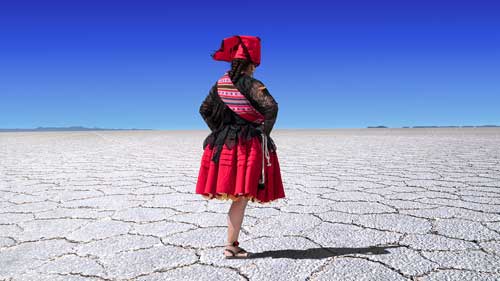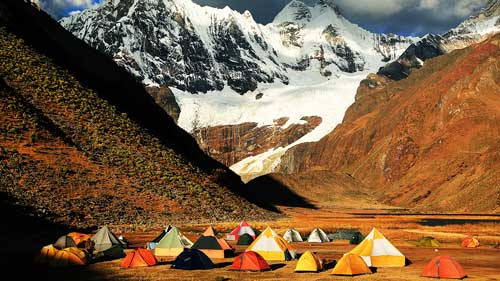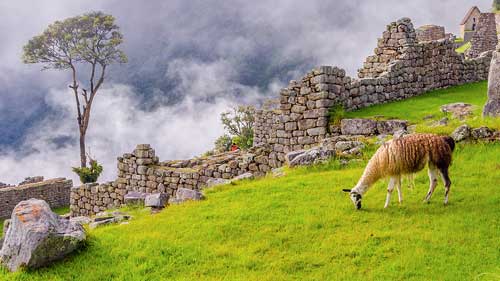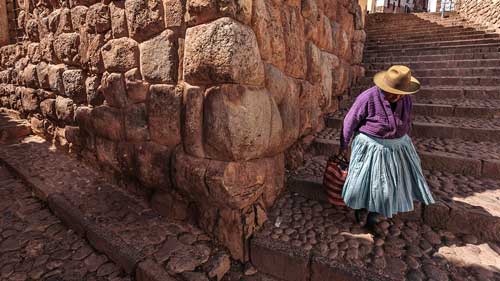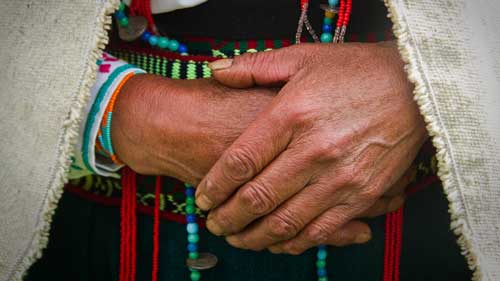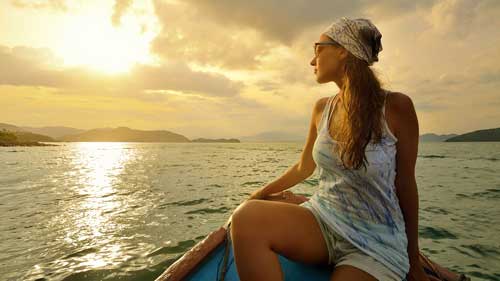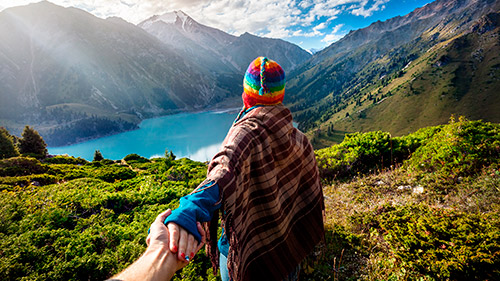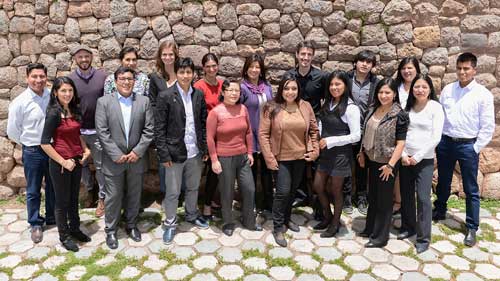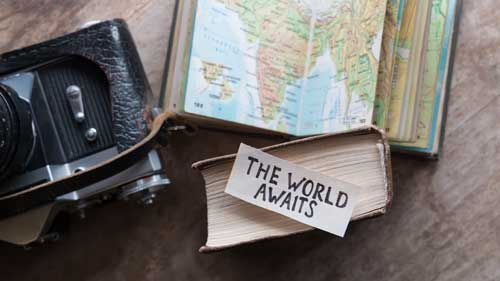Packing Lists
Complete packing lists can be found in the Preparing for Your Travels Documents, we send when your personalized itinerary has been confirmed, separated by activity and country.
What footwear should we bring?
GENERAL
Most of the time you will be fine with a pair of comfortable shoes, sports footwear of some kind is usually preferable as the archaeological sites will often involve some walking on uneven ground.
TREKKING
A pair of good hiking boots, with sufficient ankle support and good grip are necessary. They should be waterproof if you are hiking during the rainy season (November through April). Experienced hikers are often happy in hiking shoes or even a sturdy pair of tennis shoes/trainers, but that is personal choice.
JUNGLE
Hiking shoes/boots can also be useful, but lodges and cruises provide rubber boots of various sizes for if the ground is very wet. The maximum size they tend to have is EUR45, so if you have larger feet, you might like to bring a good pair of waterproof, high-ankle hiking boots during the rainy season. Open-toed shoes and sandals are NOT recommended.
Are there any dress codes we should adhere to?
People in Peru, Bolivia and Ecuador tend to dress quite casually, although they will dress up for special occasions such as church, weddings and very special dinners and will often wear very smart clothes for work. As a visitor, you are not expected to dress up, even in the fancier hotels and restaurants, although you are welcome to do so if you wish to. Visitors to some churches, are asked to wear long pants or skirts rather than shorts. It isn’t a dress code, but for the jungle and Machu Picchu, you may prefer to wear long pants and sleeves to protect you from sun burn and any biting insects!
Are there any luggage limits?
We generally provide vehicles big enough for you and your luggage to fit comfortably. We do not generally place a limit on luggage, although if your group is bigger than 6 people and you all plan to bring large amounts of luggage, please let us know to ensure that the vehicle we provide has enough space. That said, there are luggage limits specified by other providers, as follows:
INTERNAL FLIGHTS
We generally use LAN, Avianca and TAME (For the Galapagos Islands only) for your internal flights and these both allow:
- Two pieces of checked luggage with a combined weight of 23kg (50lbs)
- One piece of carry-on luggage of 8kg (17lbs) on LAN and 10kg (22lbs) on Avianca
- One personal item, such as handbags, laptops and photographic equipment
If you are travelling to Huaraz, the carrier we use is LC Peru (the only airline operating this route) and the baggage restrictions are the following:
- One piece of checked luggage of 15kg (33lbs)
- One piece of carry-on luggage of 5kg (11lbs)
- One personal item, such as handbags, laptops and photographic equipment
MACHU PICCHU
The trains have a luggage limit of 5kgs (11lbs). This is rarely enforced but, since there is no motorized transport in Aguas Calientes (other than the buses from the center of town to Machu Picchu) and there is limited luggage storage space on the Vistadome trains, we strongly suggest that you take only an overnight bag and day pack with you. The rest of your luggage will be taken to your hotel in Cusco by your driver, so it is waiting for you on your return.
JUNGLE
Different jungle lodges have different polices, but generally there is a limit of 10kg (22lbs) per passenger, plus your day pack, due to the space available on the boats. When you arrive in Puerto Maldonado, you will have the opportunity to re-pack your things at the operator’s headquarters, and they will provide you with a duffle bag for the items you wish to take, if you don’t have a suitable bag/case. The rest of your luggage will be kept safely in locked storage at the operator’s headquarters. Jungle lodge operators all ask that valuables not be left in the storage room; you should take these things with you.
TREKS
Different routes and trekking operators have different luggage limits, depending on if there are porters or mules carrying the equipment. In general, the limits are the following:
- Inca Trail group service: 7kg (15lbs), including the rented sleeping bag and sleeping mat (around 3kg/7lbs in total)
- Inca Trail private service: 7kg (15lbs), including the rented sleeping bag (around 2kg/5lbs)
- Inca Trail luxury service: 10kg (22lbs), bedding separate
- Other treks group service: 8kg (17lbs), including the rented sleeping bag and sleeping mat (around 3kg/7lbs in total)
- Other treks private service: 10kg (22lbs), including the rented sleeping bag (around 2kg/5lbs)
- Other treks luxury service: 11kg (25lbs) ), bedding separate
On our last day in Lima, what do we do with our luggage?
Depending on the exact itinerary agreed with your Travel Designer, you will be arriving into Lima by plane and will have some time in Lima before your international flight departs. This time may involve a tour or be allocated as free time in the Miraflores district. If you stayed at a hotel (often the Wyndham Costa del Sol Lima Airport Hotel) at the beginning of your trip, they are usually happy to hold your baggage for you whilst you explore. If not, there is a secure luggage storage facility at the airport with hourly and daily rates. Your host will be able to help you work out what to do with luggage during the day.

